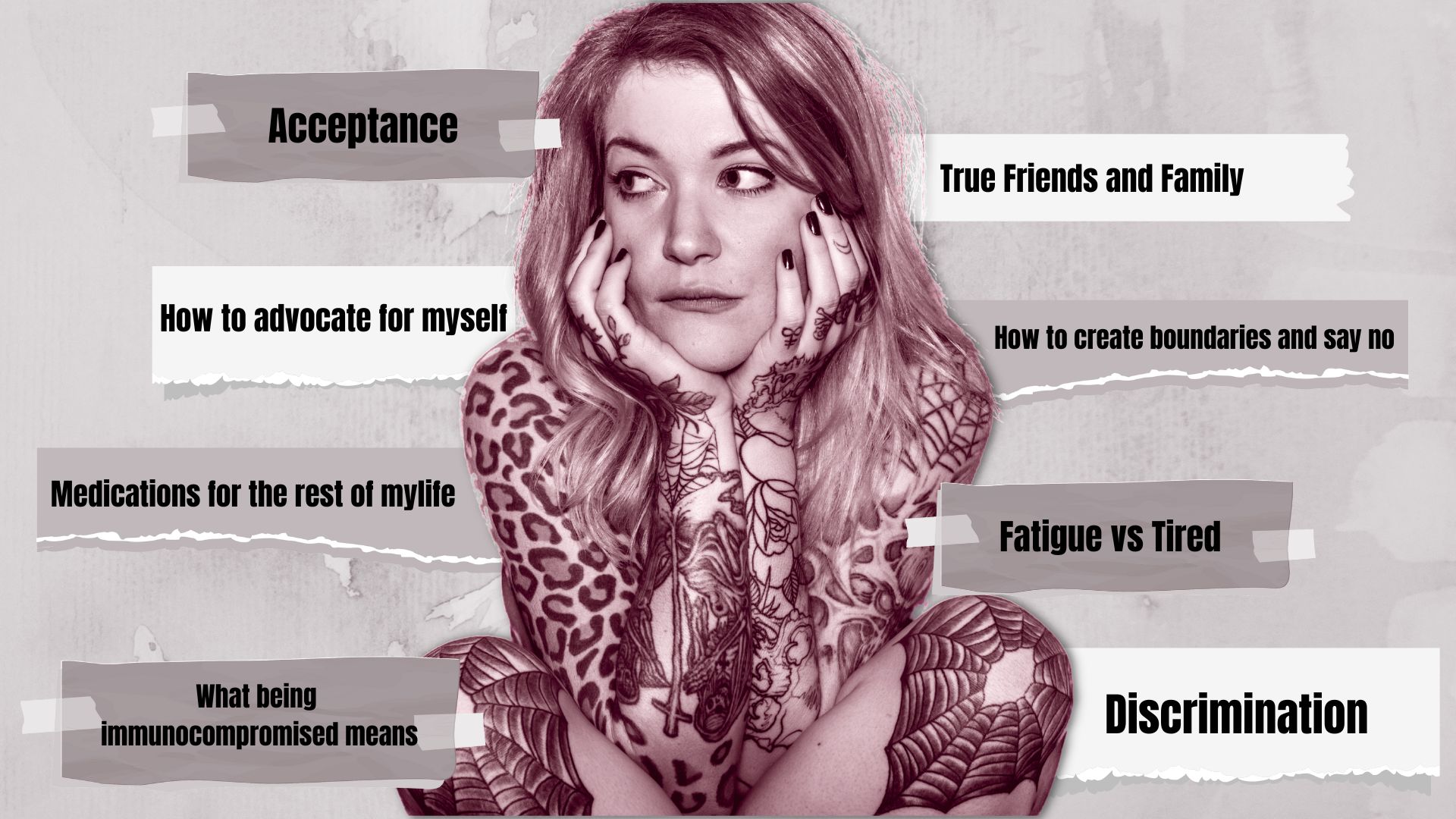It’s a harrowing, yet transformational tale. A man goes from chronic pain so acute that a 1-to-10 scale can’t approximate it — “When I was at my worst, all I know is that my pain was on my mind 24/7.” — to a much more manageable, yet still painful, 4 on that scale.
“It all amounted to this: Carl White was in pain. All the time. And nothing helped — not the multiple surgeries, nor the self-medication, not the wife and daughter who supported him and relied on him,” writes Meghana Keshavan in STAT News.
[Read advice on how to face chronic pain as a family.]
White was one of 50 million affected by chronic pain, Keshavan writes, citing American Pain Foundation statistics, and arthritis patients represent a large group of chronic pain sufferers. A Washington Post article cites an estimate of twice the APF’s from the Institute of Medicine. “Chronic pain affects more people than cancer, diabetes, heart attack and stroke combined,” wrote Rachel Noble Benner, a mental health counselor, in 2015 in the Post.
“Pain sufferers often are misdiagnosed, misunderstood and miserable,” she adds. “Their friends and family can become worn out from listening to complaints. Their identities may be significantly altered because they cannot engage in activities they once enjoyed. Doctors get frustrated by the inability to provide a cure.”
That same frustration surfaces in White’s story. He had run out of medical options, Keshavan writes. “No one would operate on him, and the pills were making him feel worse, not better.” And then the Mayo Clinic referred him to its pain management clinic.
White went into the first meeting with a “great deal of skepticism,” expecting “New Age-y” nonsense. Instead, he found practical advice, ranging from how to lift heavy objects with his legs, rather than his back, and how to process childhood traumas.
[Read about “surrendering” to pain, or more poetically, “swallowing your demon.”]
But there’s a catch to pain management clinics, Keshavan adds. “It can take weeks and cost tens of thousands of dollars — and thus remains out of reach for most patients with chronic pain,” she reports.
The article quotes Bob Twillman, executive director of the Lenexa, Kan.-based Academy of Integrative Pain Management. “We’ve been banging our heads on the wall, and banging our fists on the door, trying to get insurers to pay for this,” he said. “For the most part, they will not.”
But the clinic appears to have changed White’s life and helped him understand the variety of factors — both physical and psychological — that cause and shape pain.
“These days, White’s baseline pain stays at a 4 — meaning, it’s always there, but it’s manageable,” writes Keshavan. “On the bad days, he considers small things, like getting out of bed in the morning, to be victories. ‘Instead of lying in bed, I gotta get my butt out of bed — otherwise it becomes a tomb, and the ‘stinkin’ thinkin’ comes back,’ White said.”
[Learn about chronic pain and sleep.]
From an insurance perspective, the future looks bleak for patients but there appears to be hope, Keshavan reports. “Insurance coverage is still a battle: Many plans will pay for medical treatments such as surgeries, pills, and steroid injections that can run $2,000 apiece. They’re not as keen to cover therapy, massage, and meditation,” she writes. “Slowly though, that’s changing, in large part because of the opioid crisis.”
She concludes by quoting psychologist Jeannie Sperry, also of the Mayo Clinic.
“We need a cultural shift,” Dr. Sperry said. “There’s an implication that there’s a pill for everything — and that’s not accurate. It’s very dangerous.”
But many patients who have come to rely on drugs to treat their chronic pain say that the crackdowns are hurting them. “(Chronic pain patients) are being singled out on a daily basis for something that other people have abused,” one patient told the Chicago Tribune. “Those of us who have legitimate conditions, why are we being treated differently?”
The Tribune adds:
Americans’ use of opioid painkillers has exploded since the mid-1990s, driven by changing philosophies on pain treatment, drug company marketing campaigns and unscrupulous “pill mill” operators. The result, many experts say, has been a surge in addiction, overdoses and death.
Now, a reversal is underway. Opioid prescriptions have dropped sharply since 2012 as doctors have grown more conservative and the federal government has cracked down on what it deems “problematic prescribing.” But some chronic pain patients say the turnabout has gone too far.
They describe unwarranted dosage cuts from doctors and unprovoked suspicion from neighborhood pharmacists. And even those who have good relationships with their health care providers say they feel more and more that society views them as junkies, not patients.
The stigmatization of patients is something Rick Phillips knows all too well. One of the tips he offered to fellow chronic pain-sufferers last year was, “At the first mention of an attack on people with chronic pain, volunteer that you have chronic pain. To know us is to love us and stop ridiculing us.”





